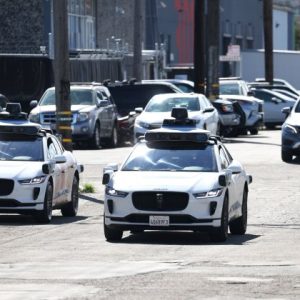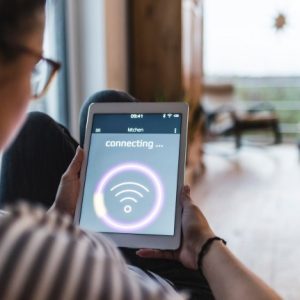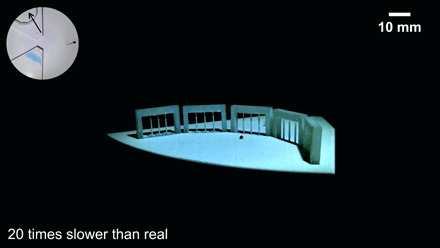
He’s a 6′ tall liquid-metal assassin capable of assuming or abandoning human form at will
This molten metal creature is made of ‘mimetic polyalloy’, an artificial liquid made from billions of units that can be programmed into shapes.
He’s the T-1000, a robot from Terminator 2: Judgment Day that rises out of chequerboard tiled floors in his mission to kill John Connor.
Sadly (or rather, thankfully), we’re not anywhere near this level of goo-bot. But Korean scientists have made a big step towards it.
A team from the Seoul National University College of Engineering say they have created a ‘liquid robot capable of transforming, separating, and fusing freely like living cells’.
Footage shows the robotised gunk, less than 10mm wide, pushing through metal bars and engulfing a small object.
To view this video please enable JavaScript, and consider upgrading to a web
browser that
supports HTML5
video
The liquid robot can even move across the surface of water, the research published last month in the journal ScienceAdvances said.
And they can mate too. Well, kind of. In a third demonstration, the researchers had two differently coloured robots falling from a small ledge and morphing together.
As the clear and green coloured blobs merge, they induce a ‘chemical reaction’, the team said.
The ‘particle-armoured liquid robot’ is dusted with ‘unusually dense’ particles that repel water, called ‘hydrophobic powder’.
This coated water drop, called a ‘liquid marble’, can shapeshift and be controlled by an electric field. But these marbles are fragile and leak easily.
But the researchers tried something a little different.
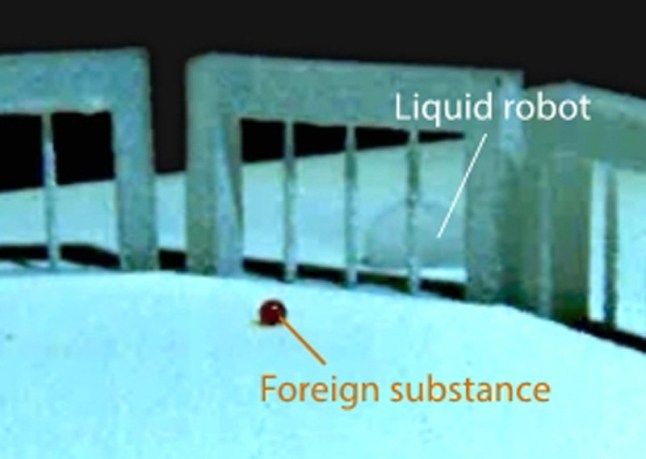
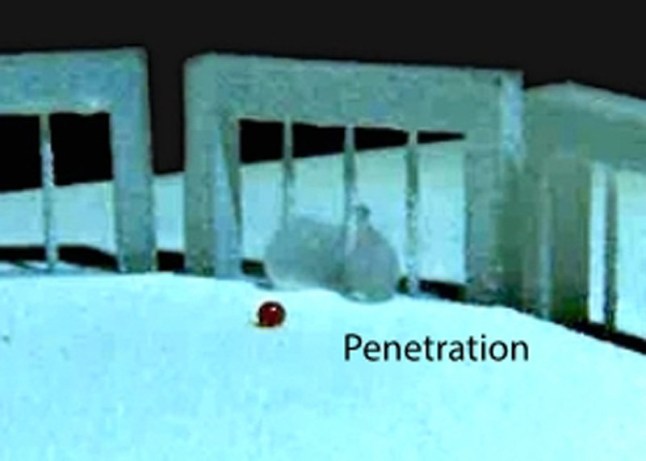
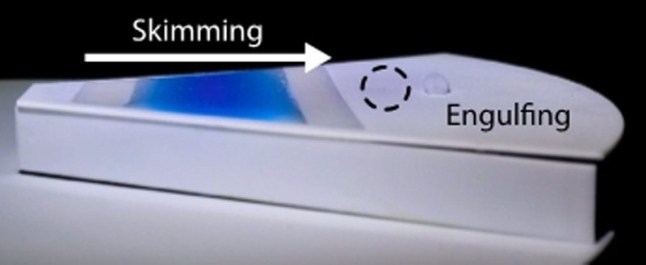
‘When we first started developing the liquid robot, we initially considered encapsulating a spherical droplet with particles, just as adopted in making conventional liquid marbles,’ Hyobin Jeon, the first author of the paper, said.
‘However, by shifting our perspective, we came up with the idea of coating an ice cube with particles and then melting it, which significantly enhanced the stability of our robots.’
They called these roboblobs Particle-armored liquid roBots, or PBs, and are controlled using ultrasound.
Even they admitted that the PBs are ‘similar to the liquid robot T-1000 from the 1991 movie Terminator 2’.
‘This novel next-generation soft robot benefits from both the exceptional deformability of liquid and the structural stability of solid,’ the engineers added.
‘As a result, it can withstand extreme compression or high-impact drops, recovering its original shape like a droplet without breaking.’
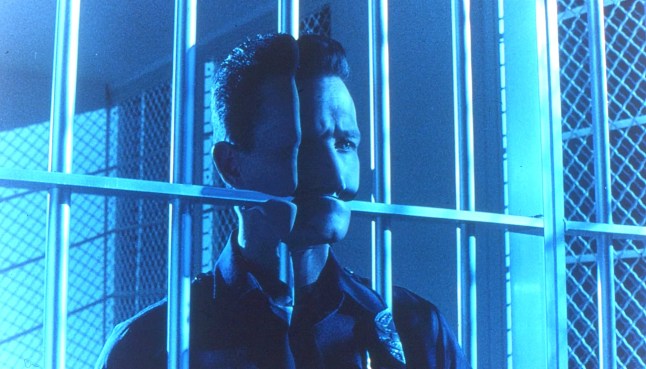
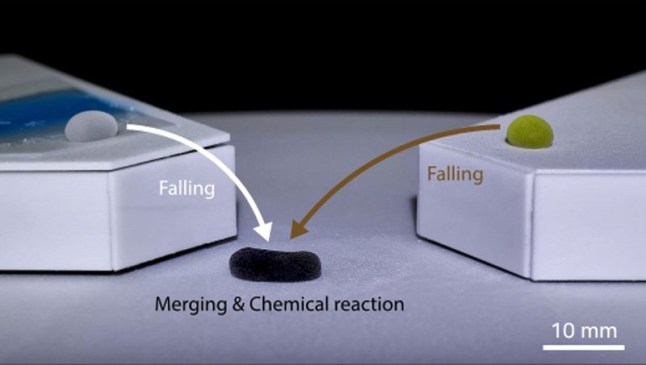
The researchers said that a large goal of robot-makers is to replicate the most technical, sophisticated machines of all – those made by nature.
From humanoid bots to birds and bees, the researchers wanted to create a soft robot that could act much like a gooey cell does.
Professor Ho-Young Kim, the study’s co-author, said: ‘Building upon our current findings, we are now working on technologies that will allow the liquid robot to change shape freely using sound waves or electric fields.’
Co-corresponding author Professor Jeong-Yun Sun added: ‘We plan to enhance the material functionality of the liquid robot to enable broader industrial applications in the future.’
This includes delivering cargo and drugs and treating medical conditions within the human body.
Get in touch with our news team by emailing us at webnews@metro.co.uk.
For more stories like this, check our news page.




